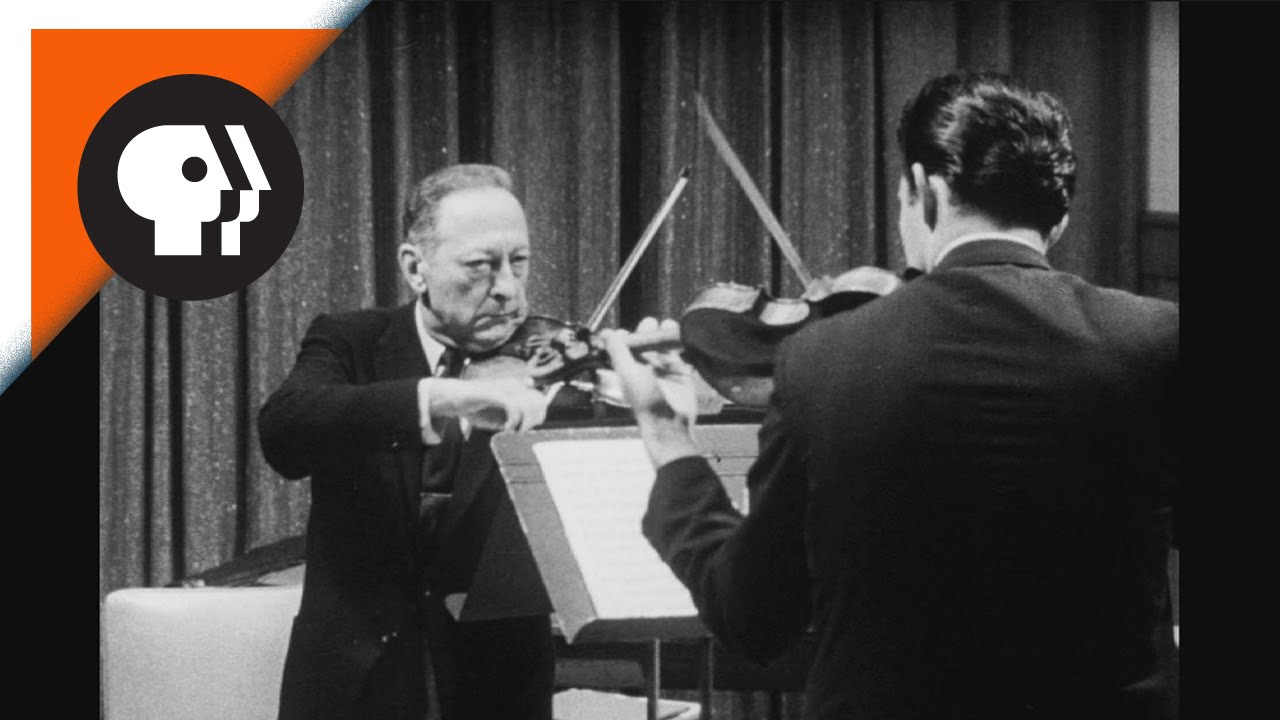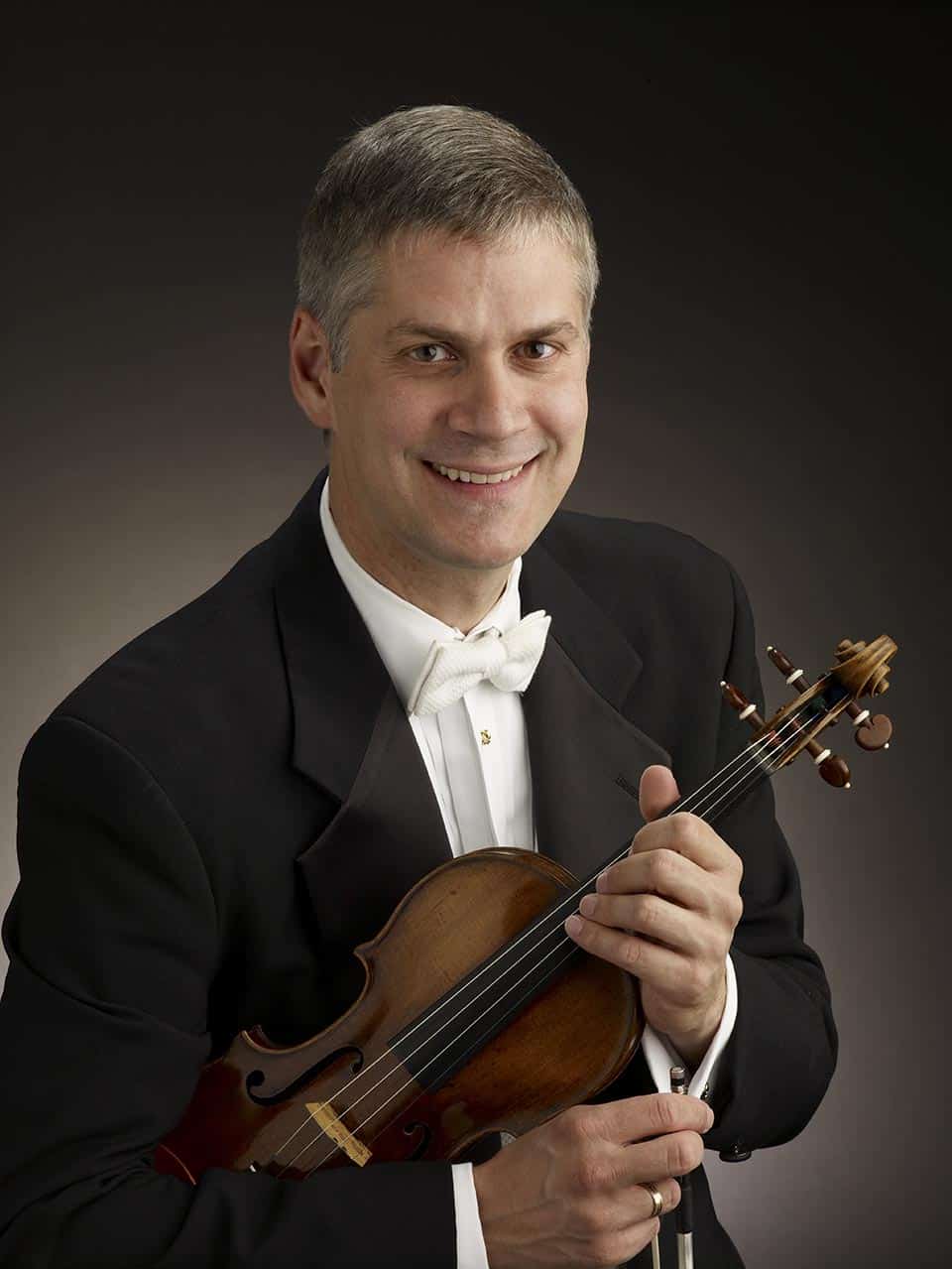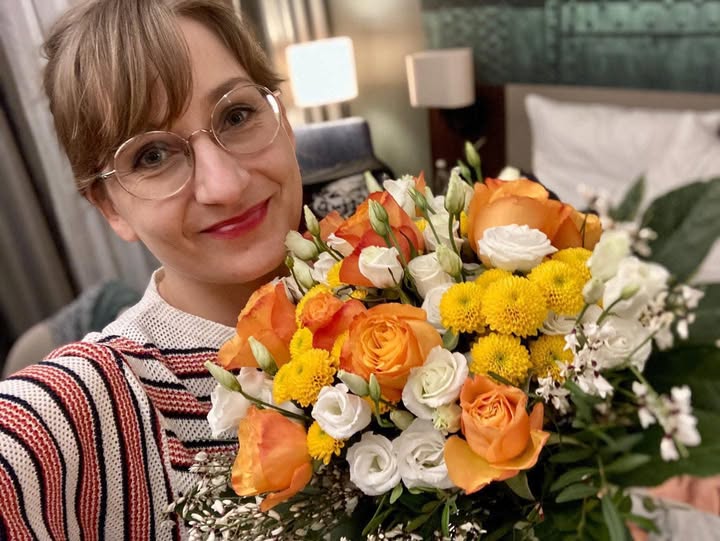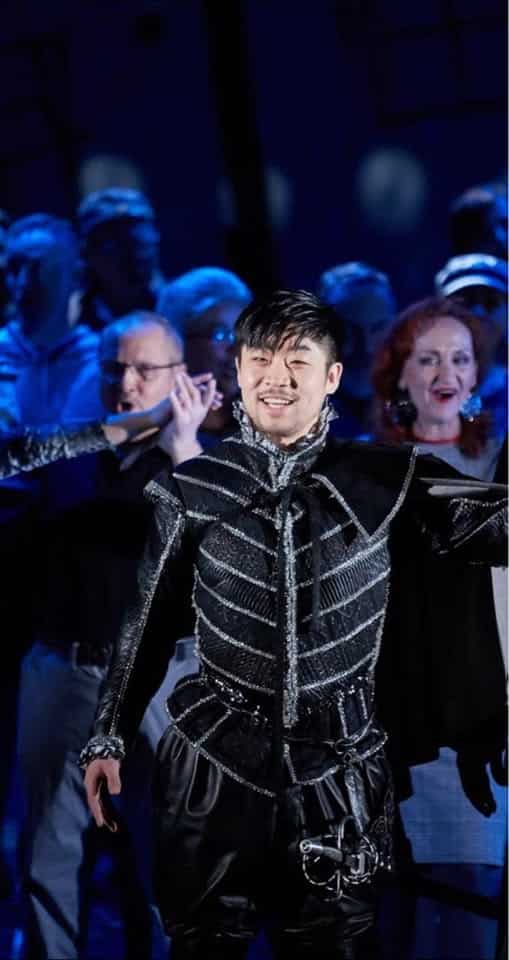Heifetz puts Perlman to the test
mainUnmissable video of an act of violin transmission.


We hear that Stephen Rose, former head of…

The Finnish music world is in mourning for…

Singers’ agents tell us of a tsunami of…

The management of the most historic opera house…

Session expired
Please log in again. The login page will open in a new tab. After logging in you can close it and return to this page.
Perlman looked so different back then.
You are kidding, right?
Anyway, anyone noticed that great artists never have great students? Heifetz never had a great student. Nor Menuhin. Nor Perlman.
Wonder why.
Heifetz’s student Erick Friedman (who is playing for Heifetz in the video above) was a great violinist, who, unfortunately, mismanaged his own career (the fact that Stern didn’t like him did help, either …)
Agreed. It should also be noted that Heifetz accepted almost NO students, so there wouldn’t be a list of protoges that could claim to say they studied with him. I think I read one time that Friedman was his ONLY student. (And I believe he recorded with him at least on one occasion.) But most importantly, it should also be pointed out that there is absolutely NO connection between being a performing artist and being a teacher. I’d guess that a few were great teachers and most weren’t. (PS – I heard Friedman when he played concertos at a rehearsal of the University of Wisconsin Symphony and my student ears thought he was terrific.
Heifetz had a small class in USC – I believe he had about 5-6 students when Friedman was there. I am sure it was depressing to realize that no matter how hard you tried and how many hours you spent practicing, you were never going to match Heifetz’s super-human playing … He and Friedman recorded the Bach D Minor “Double” Concerto in 1961.
John, if this rehearsal was in 1965, I was at that same rehearsal. Two days before my wedding, I returned to the campus to have my violin (made in Madison) looked at. It was a year after my graduation. I sat in with the UW Orchestra that evening.
Fine artists rarely make fine teachers.
They can do the art well but they have trouble conveying how they got there.
The reason being that these people think IN music, not ABOUT music. Mostly the best they can come-up with, is: ‘do as I do’, which means that only students as gifted as they are, can pick-up something.
“You are kidding, right?”
The title and subtitle said it was Heifetz teaching Perlman. I figured it couldn’t be on the Internet if it weren’t true.
“… great artists never have great students?”
I think Oistrakh was a great artist. Didn’t Kremer and Kagan study with him? Leopold Auer before him? Neuhaus for pianists?
Leonard Rose
I believe Liszt would break that theory. He had many great students. And Anton Rubinstein had Josef Hofmann. There are more.
Your argument about Liszt holds true but Anton Rubinstein was no Liszt pupil.
Sorry, I misread your comment.
Anton Rubinstein was a great pianist, usually considered second only to Liszt in the 1800s. Hofmann was his pupil, often considered one of the greatest pianists of the first half of the 20th century.
Youtube search JH’s student ‘Rudolf Koelman’ and educate yourself
Well, let’s take the encounter between Perlman and Heifetz for example: So here he is, the famous Heifetz, meeting the 14 year old Perlman who just performed Lalo and a hardish scale for him. So what did the old man think? Did he see talent or did he say to himself, not bad, but I was better at 14? Did he think he could help the teenager Perlman be the best he could be (surely, the 14 year old must have been one of the more talented kids who ever played for him), offer to take Perlman as his student? Did the young Perlman refuse, was he not impressed with Heifetz?
Here’s my theory: great artists view young prodigies as rivals, thus consciously or not, never think to become their teachers.
Your theory may be true in very few cases, but certainly not always. Most great artists do not have any self-esteem problems and almost never see any threat to their dominance from whichever prodigies they encounter. The famous alleged pronouncement by Fritz Kreisler after he heard preteen-aged Jascha Heifetz for the first time, even if it is true, is still a rare exception.
There is an easy explanation to your – somewhat generalized but with a true core – observation:
Outstanding soloists like Heifetz limited their teaching to anecdotal masterclasses and auditions. In a student’s growth, these encounters might be eye and ear opening milestones, nevertheless is the foundation for anyone’s success in musical studies based on the hard year long continuous work, training with a good teacher weekly or almost daily.
Great soloists with star status are almost never great teachers. Not because they couldn’t be, but because the requirements of their carreers do not allow the type of student-teacher interaction that is necessary for meaningful controlled growth.
Great video. Thanks!
Indeed scales are the basis of string playing, everything has to be FELT in the no-man’s-land of the fingerboard. So, scales on strings are not a mere technical exercises but a product of the imagination in combination with good ears.
I’ve seen this before. Heifetz comes across as such an incredibly cold and humourless individual!!
Actually, he had a very sharp sense of humor, but it was usually of sarcastic kind and often at the expense of the other person.
Menuhin didn’t have great pupils!? Nigel Kennedy and Tasmin Little to name but two. And his school continues to be a centre for very fine musicians.
It all depends on one’s definition of “great student”.
Most of last century’s great violinists who taught for considerable amount of time had at least one or two outstanding students, but did those latter ones become truly great violinists? Most did not, but that is simply because there are very few great ones born after 1920 to speak of. Otherwise we would not be calling them great.
Heifetz had many great students.
Perlman has had, and has, plenty of great students.
We have to take into account aswell the bigger picture, the influence on people who are now in big orchestras or teaching themselves. Menuhin school gave a starting point to many of the high level romanian violinists (Prunariu, Belcea, Zvoristeanu).
Mr. Perlman youtube channel is a must for all young violonists who want to be inform on a great musical tradition.
The trend now is that almost all instrumentists are highly trained, historical performance and all, the differences between the “normal” musicians and the soloists is not so big like it was 50 – 100 years before.
Great film. But I hate and hated scales with a passion (although I was not bad at them).
I had a number of “scale” events throughout my life and one of the earliest involved Heifetz, albeit second hand. My teacher in high school was James Caesar who taught violin at Wichita State and also the Brevard Music Center in the summer. To illustrate the importance of scales he told me a story of his own brief encounter with Heifetz as a high school student in Cleveland. He was on his school newspaper staff and was tasked to go to Heifetz hotel and interview him during one of his visits to perform with Szell and the Cleveland Orchestra, apparently playing the Beethoven Concerto. He described himself as full of dread but summoned up the courage to go to the hotel one morning where he found himself eventually in front of the door to Heifetz suite. He knocked. Heifetz answered the door and my teacher introduced himself and asked if he could interview Heifetz for his school newspaper. Heifetz replied, “Mr Heifetz is not in” and closed the door without further comment. My poor teacher, deflated by this turn of events, stood in front of the door for a while not quite knowing how to proceed until he heard the sound of a fiddle being tuned coming from the other side of the door. Then Heifetz started playing scales. my teacher parked himself in front of the door for what he said was a little over an hour until Heifetz finished. My teacher said he never once touched a note of the concerto he would perform that night, only what seemed like endless variations of scales in double stops, arpeggios, unusual fingerings and harmonics. Mr Caesar told me this story with great solemnity and told me if I wanted to be a real violinist, I should play my scales with as much seriousness and determination as any other aspect of the violin because he said, “They are the calisthenics of the violinist.” I embraced them from then on and even to this day, in semi retirement, find the playing of scales to be meditative and relaxing. I look forward to them when for one reason or another, I am kept from them. I had many other reinforcements of this principle over my life but that was the first.
When were you at Brevard? I went there for nine summers and knew Caesar. I accompanied some of his students in the concerto competition.
This is Erick Friedman, not Itzhak Perlman
It certainly is an old b&w video of EF playing for and with JH, but it is also IP in old b&w photographs and in the color video talking about his first encounter with JH.
There is actually a great interview with Paul Tortelier on,blast from the past,Pebble Mill at One where he explains why scales are so important . He makes sense of something I always hated practising because he sets them in the context of great music.
PLEASE, please finally make the title of this picture correct!!!! In this photo, Mr. Heifetz is NOT putting Itzhak Perlman to the test. Perlman is not even in the room! The violinist you see performing with Mr. Heifetz in this photo is Erik Friedman, NOT Itzhak Perlman. Mr. Heifetz did meet Itzhak Perlman, but the meeting was in New York City in the studio of Ivan Galamian, Perlman’s teacher at the time. The photo above was taken during one of Mr. Heifetz’s master classes, which were held in Southern California. Please correct this! People who know the participants in Mr. Heifetz’s master class probably groan every time they see the photo above with Perlman’s name mentioned as being the other performer.